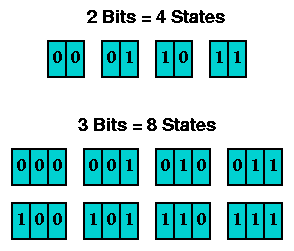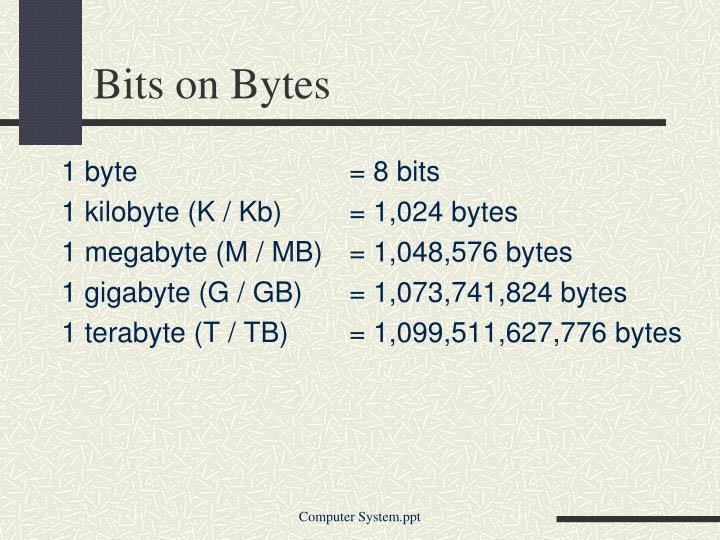
If this is the last round, the resultant state array becomes the ciphertext for the specific block else, it passes as the new state array input for the next round.

Add Round Key: The respective key for the round is XOR’d with the state array is obtained in the previous step.This particular step is not to be done in the last round. Once all the columns are multiplied with the same constant matrix, you get your state array for the next step. Mix Columns: It multiplies a constant matrix with each column in the state array to get a new column for the subsequent state array.It also shifts the elements from the third row two consecutive positions to the left, and it shifts the last row three positions to the left. It shifts the elements in the second row, one position to the left. Shift Rows: It swaps the row elements among each other.These parts are the rows and columns, mapped with a substitution box (S-Box) to generate new values for the final state array.



In this tutorial, you will go through some of the standout features that AES offers as a globally standardized encryption algorithm.
#256 bits in a byte series#
It consists of a series of linked operations, including replacing inputs with specific outputs (substitutions) and others involving bit shuffling (permutations). It is based on a substitution-permutation network, also known as an SP network. Once it encrypts these blocks, it joins them together to form the ciphertext. It converts these individual blocks using keys of 128, 192, and 256 bits. The AES Encryption algorithm (also known as the Rijndael algorithm) is a symmetric block cipher algorithm with a block/chunk size of 128 bits. What is the Advanced Encryption Standard? Thus, the Advanced Encryption Standard came into existence to overcome this drawback. They created the triple DES to fix this problem, but it never became mainstream because of its relatively slower pace. Going by today’s computational standards, breaking into the DES algorithm became easier and faster with every year, as seen in the image below.Ī more robust algorithm was the need of the hour, with longer key sizes and stronger ciphers to break into. When the Data Encryption Standard algorithm, also known as the DES algorithm, was formed and standardized, it made sense for that generation of computers. Why Was the AES Encryption Algorithm necessary?


 0 kommentar(er)
0 kommentar(er)
